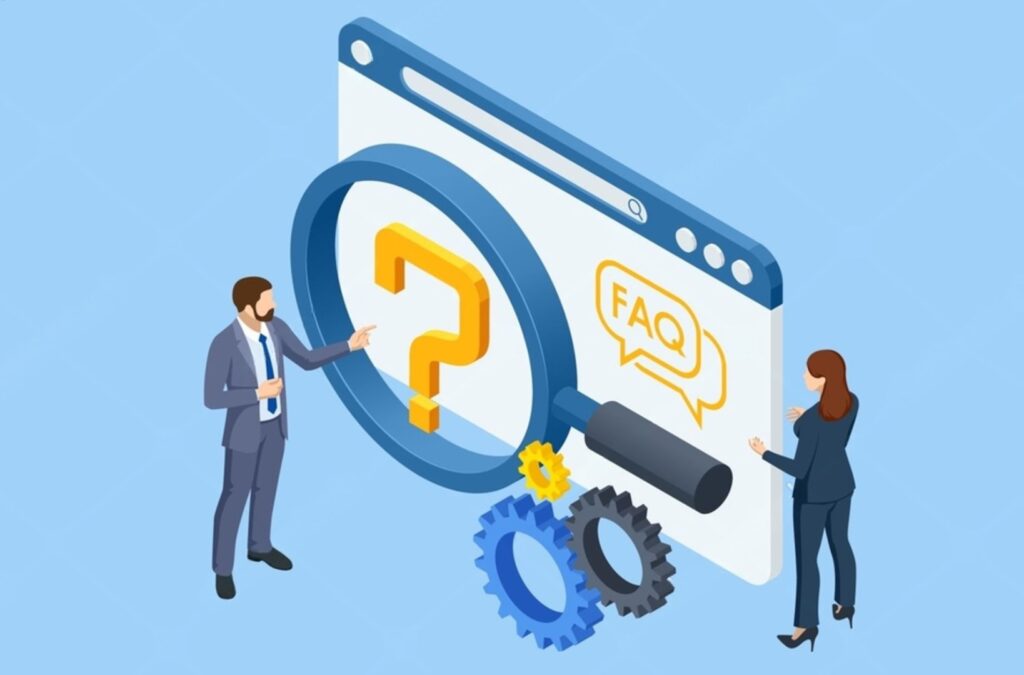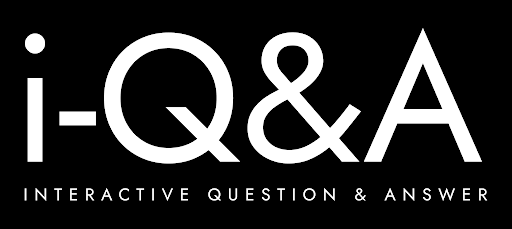
It’s a fair question in the SEO world: is FAQ schema still worth your time?
For years, it was a favourite among marketers and developers alike. A quick way to increase visibility, give users instant answers, and inject structured data into your site’s content. But since Google’s changes to how FAQ schema is displayed, many are asking whether it’s still useful. And crucially — who is it really for?
Let’s clear things up. At i-Q&A, we believe good structured data still plays an important role in modern search optimisation — even if the rewards have changed. This post unpacks what FAQ schema is, why it still matters in 2025, how it’s different from Q&A schema, and how to apply it correctly with user experience in mind.
What Is FAQ Schema and Why Was It So Popular?
FAQ schema is a type of structured data — written in code formats like JSON-LD or Microdata — that helps search engines understand when your page contains a list of questions and answers.
When it first emerged, it quickly became a tool of choice. Why? Because it allowed qualifying sites to earn expanded search listings. These ‘rich snippets’ could show your FAQs directly in the search results, particularly on mobile devices, giving you more screen real estate and, often, higher click-through rates.
But even more than that, it helped Google — and other search tools — understand your content in a more organised, machine-readable way. That function hasn’t gone away.
What Changed with Google’s FAQ Schema Display?
In 2023, Google began restricting which sites could show FAQ rich snippets. As of 2025, these enhanced search listings are almost exclusively reserved for what Google calls “trusted domains” — particularly those in government or healthcare.
For most commercial or editorial sites, this means FAQ schema no longer results in visible enhancements. So yes, it’s a downgrade.
But there’s a critical distinction here: Google has not said it ignores FAQ schema. It still parses it. It still learns from it. And that can still influence how your content performs — especially in non-visual ways like:
- Understanding your topic hierarchy
- Improving your eligibility for “People Also Ask”
- Making your content more usable for voice assistants and AI tools
So while the incentive might feel reduced, the data itself remains functional — and useful when implemented properly.
What Does the SEO Community Say?
Reactions have been mixed. Some SEO professionals say they’ve stopped using it altogether, arguing the return is no longer worth the effort. As one blunt Reddit commenter put it: “I don’t see any impact at all.”
But others are taking a longer view. A more measured response is this: “It won’t hurt. It gives more context to crawlers. AI search engines could use them — better to be future-proof than not.”
At i-Q&A, we tend to agree with the latter.
Think of FAQ schema as future-aligned structure. It may not earn you a visual upgrade in search results anymore, but it does support search engine understanding, and it’s likely to matter more — not less — as voice interfaces and AI-generated summaries become standard parts of the user journey.
FAQ Schema vs Q&A Schema: Know the Difference
Before you start tagging up your content, it’s important to use the correct type of schema.
Use FAQPage schema if:
- You are listing multiple questions and answers.
- All content is written and controlled by your organisation.
- Users cannot submit alternate answers.
- It’s a help page, company FAQ, product guide, or support article.
Use QAPage schema if:
- The content includes a single question with multiple user-submitted responses.
- The format resembles a forum or community thread (e.g. Reddit, Quora).
Mixing these formats can lead to errors or ineffective markup. In some cases, it can also trigger structured data warnings in Google Search Console. Use the right tool for the job.
How to Add FAQ Schema to Your Site
There are two main methods: JSON-LD and Microdata.
1. JSON-LD (Recommended)
JSON-LD is preferred by Google. It keeps your markup separate from the visible HTML, which makes it easier to edit and more compatible with most CMS platforms.
Example:
html
CopyEdit
<script type=”application/ld+json”>
{
“@context”: “https://schema.org”,
“@type”: “FAQPage”,
“mainEntity”: [
{
“@type”: “Question”,
“name”: “How do apprenticeships work?”,
“acceptedAnswer”: {
“@type”: “Answer”,
“text”: “You register, browse listings, and apply online based on your area and interests.”
}
}
]
}
</script>
2. Microdata
This approach embeds structured data directly into your HTML using tags like itemscope and itemtype. It works, but it’s more cumbersome — especially for large pages or frequently updated content.
Example:
html
CopyEdit
<div itemscope itemtype=”https://schema.org/FAQPage”>
<div itemscope itemprop=”mainEntity” itemtype=”https://schema.org/Question”>
<h3 itemprop=”name”>What is digital marketing?</h3>
<div itemscope itemprop=”acceptedAnswer” itemtype=”https://schema.org/Answer”>
<p itemprop=”text”>It includes SEO, social media, and online advertising.</p>
</div>
</div>
</div>
Tools That Make Implementation Easier
You don’t have to write everything manually. These free tools help generate clean schema markup:
- TechnicalSEO.com’s FAQ Generator
- Merkle’s Schema Markup Generator
- Saijo George’s JSON-LD Tool
- Rank Math for WordPress – ideal if you’re using blocks and want FAQ schema built in
Best Practices for 2025
If you’re going to use FAQ schema, do it properly. Follow these best practices:
Do:
- Use JSON-LD wherever possible.
- Keep answers concise (ideally 160–200 characters).
- Ensure all FAQs are visible on the page — no hiding behind tabs or logins.
- Test your markup with Google’s Rich Results Test tool.
- Add internal links where relevant to improve crawl paths.
Avoid:
- Applying FAQ schema to content that isn’t genuinely helpful or informative.
- Repeating the same schema across multiple pages.
- Using it on promotional or sales-heavy pages.
- Mixing FAQPage and QAPage on the same URL.
Voice Search and AI: Another Reason to Keep FAQ Schema
While traditional SEO focuses on blue links and rankings, voice search is a different game. It prioritises clarity, brevity, and well-structured data.
Voice assistants — including Alexa, Siri, and Google Assistant — often rely on structured formats like FAQ schema to retrieve information. That means well-marked-up FAQs can increase your chances of being selected when a user asks a question out loud.
Even if you’re not targeting voice explicitly, AI-generated responses from tools like Google’s AI Overviews, Gemini, or Bing Copilot increasingly draw from structured data.
What Results Can You Expect?
Some professionals report that adding FAQ schema and re-submitting a page for indexing can result in updates in under an hour. That’s because it doesn’t change your content — it just clarifies it.
This won’t apply in every case. But if your page is already ranking, it could enhance how that result is interpreted or displayed — even subtly.
How to Choose the Right FAQs
Don’t just write what you want your audience to read. Instead, start with what they’re actually asking.
Try these methods:
- Use Google Autocomplete to see real-time search trends.
- Study People Also Ask boxes.
- Plug your topic into AnswerThePublic or AlsoAsked.
- Review support tickets, email enquiries, or live chat transcripts.
- Analyse your internal search bar data.
Writing better questions — and more honest answers — will help both humans and machines make sense of your content.
Final Thoughts
FAQ schema may no longer be the ticket to instant search visibility it once was. But that doesn’t mean it has no value.
Used properly, it still supports better content structure, search engine understanding, and accessibility across devices and assistants. It’s not just for Google’s benefit — it helps your users too.
At i-Q&A, we believe in structured data that earns its keep. If you’d like help implementing schema correctly — or auditing what you already have — get in touch with our team. We’ll help you use the right data, in the right way, for the right reasons.
Visit i-Q&A to find out more about technical SEO services that make sense in 2025.
